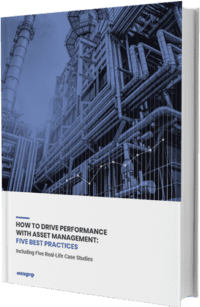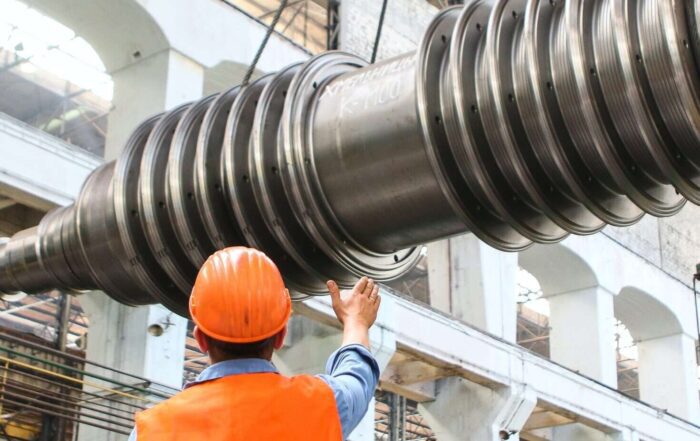Maximizing asset performance and asset reliability directly influence output levels, time to market, energy efficiency, and, as a result, revenue targets. Asset Performance Management (APM) is, therefore, recognized more and more as a company-wide performance driver as it can significantly contribute to lowering the bottom line.
APM consists of three important dimensions: management, maintenance execution, and productivity or asset reliability. Connecting these cycles enables you to influence and improve asset performance and realize business targets. In this article, we focus on the APM management challenges that our asset management experts encounter at asset-centric clients.
1. I have too many Asset Performance Management KPIs
Asset Performance Management objectives should help drive (long term) financial results, optimize operations and safety, and should be linked to the performance targets that your organization has set. We often see that companies measure too many different Key Performance Indicators (KPIs). When we come across a KPI jungle, we follow up with these actions.
2. Evaluating Your Organization for APM Goals
Creating or updating your Asset Performance Management objectives and choosing your KPIs usually means that change is on the horizon. When you have set up an asset performance improvement strategy and deployment plan it is important to re-evaluate your resources, especially your workforce and outsourcing strategy. Some questions that may help:
3. I always have an overspend on budget
Build up your asset-based budget (OPEX) and put yourself in the driver’s seat. If corporate leaders forecast a different budget, you can then give solid arguments why that budget might not suffice to reach asset performance targets. You can also more easily prioritize and explain choices to leadership in this way. To be able to do this you have to have the foundation in order. Have the insights into your asset condition, know which equipment is critical for production, and know the risks involved.
OPEX and CAPEX spend are of course linked. Our advice is to make sure you plan for CAPEX investments to safeguard a stable asset health. We often see an outlook that is too short, for example, two years. If you need to replace the asset in fifteen years because that’s the original end-of-life of the asset, then you need to plan until that time. By doing this you will avoid a CAPEX backlog pile-up which can negatively impact the availability of the asset due to outages.
More info: whitepaper with best practices about Asset Performance Management
Sustainably improve business results through asset performance management. Consultants Ernstjan Meinen and Marcel Hoekstra share their best practices based on many years of experience in asset management improvement programs in the Oil & Gas, FMCG, Manufacturing and Petrochemical industries.
📰 Watch our Recorded Webinar – Asset Performance: Assess and improve
Get inspired
We explore how proper data management can lead to significant increases in equipment updates and reduce overall inventory carrying cost.
Download our best practices checklist to make sure you’re implementing and optimizing your EAM for long term success.
AVEVA has acquired the APM software solutions and associated assets of MaxGrip. The company will continue as a worldwide, independent APM consultancy firm.





